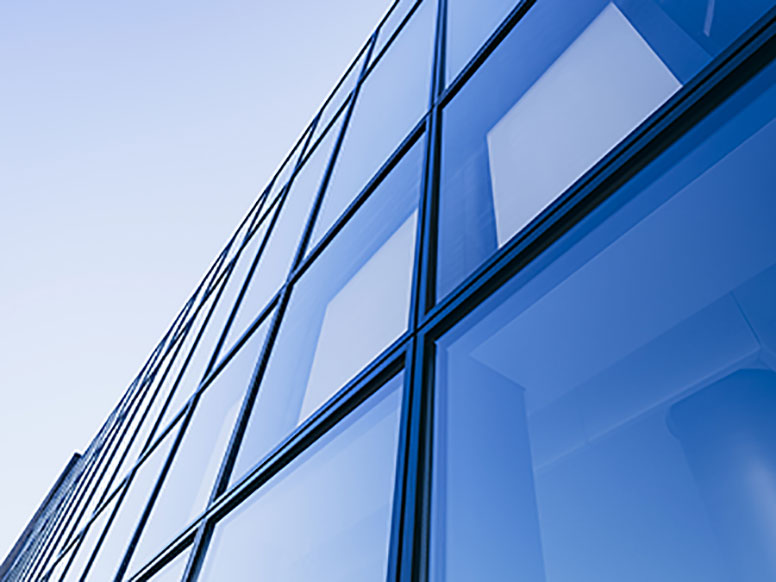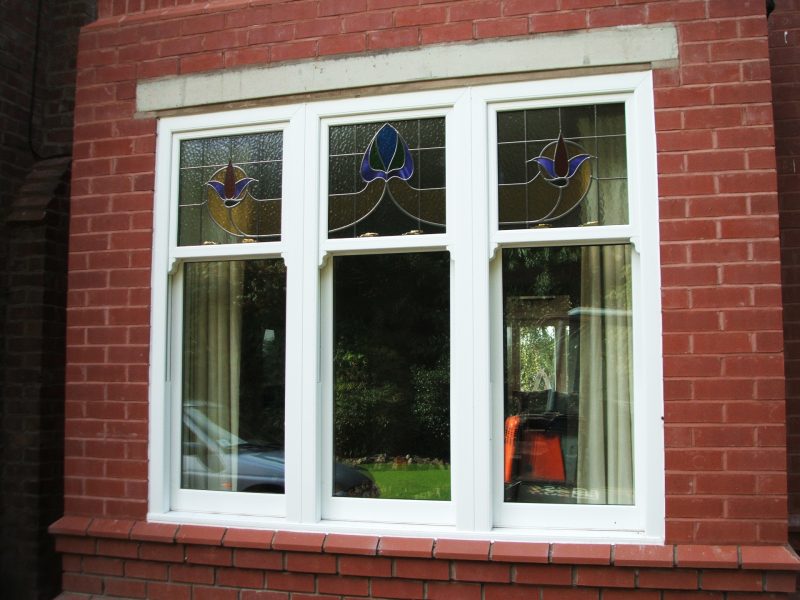All Categories
Featured
Table of Contents
The Surprising Benefits Of Double Glazing In The Summer ... in Willetton WA
That window can send more solar heat in winter than in summer. A west-facing window on a summer's afternoon has an angle of incidence from near 0 as much as 30 with a large reliable location of solar radiation. A north-facing window, in summer, has a high angle of occurrence and a low reliable area of solar radiation, so can transmit less heat than a west-facing one.

You can rapidly and quickly improve the thermal efficiency of your house by replacing your windows. There are thousands of types of glass and frames to choose from.
Double Glazed Windows & Doors Melbourne & Sydney in Samson WA
There are several types of glass items to choose from. Single glazing uses a single pane of glass. Single glazing with clear glass is not extremely effective when it comes to heat loss or gain. To enhance performance, you can use single glazing with a more energy-efficient kind of glass such as low emissivity (low-e) glass.
Numerous layers can be assembled with sealed cavities in between each sheet of glass. IGUs generally use much better energy efficiency than single glazing, because they transmit less energy. Nevertheless, the energy performance of IGUs likewise depends on: the properties of each layer of glass. Various glass types (for instance, clear and low-e glass) can be created in an IGU.
Why Should You Have Double-glazed Windows This Summer? in Como Perth

IGU cavities can be filled with air or a more inert, low-conductivity gas such as argon the width of the cavity. Cavity density is normally 6 to 18mm. Broader cavities offer lower (much better) U values, with 12mm usually accepted as the favored gap how well the cavity is sealed. Cavities should be dry and well sealed to avoid wetness getting in.
If argon is installed to the cavity in place of air, wetness is reliably left out the level of desiccant (drying representative). The spacer (metal or polymer strip) that separates the glass layers consists of a desiccant to soak up any moisture. Insufficient desiccant might trigger wetness to condense on the glass surface area in cold conditions, reducing thermal efficiency.
Double Glazed Windows Sydney in Wilson Perth
In truth, IGUs can provide better energy efficiency for all environments, especially in heated and air-conditioned houses. Cross-section information of single, double and triple-glazing units Low emissivity glass (commonly referred to as low-e glass) minimizes heat transfer. Low-e glass might be either high or low transmission: High transmission low-e glass has a finish that enables daytime from the sun to pass into your home to attain excellent solar heat gain, but decreases the amount of the long wavelength infrared heat that can leave back through the window.
Low-e glass has either a pyrolytic coating or a vacuum-deposited thin movie metal finishing. Pyrolytic finishings are durable and can be used for any glazing; vacuum-deposited coverings are soft and are just utilized within IGUs. Low-e finishes can significantly enhance both U value and SHGC; however, they must be utilized properly or they will either degrade or fail to perform as required.
4 Benefits Of Double Glazed Windows In The Summer in Bellevue Perth
Low-e coverings can be used in mix with clear, toned or reflective glass. Low-e finishings on glazing can minimize heat transfer where needed Photo: Department of Market, Science, Energy and Resources Toned glass has colouring additives included throughout manufacture. It is available in numerous colours, typically bronze, grey, blue and green.
Latest Posts
Diy Double Glaze in Koondoola WA
Glass Selector - Custom Single & Double Glazed ... in Midvale Perth
Does Double Glazing Keep Heat Out in Woodvale Western Australia